Battery Terminals in 5 Minutes: Clean, Tighten, and Charge
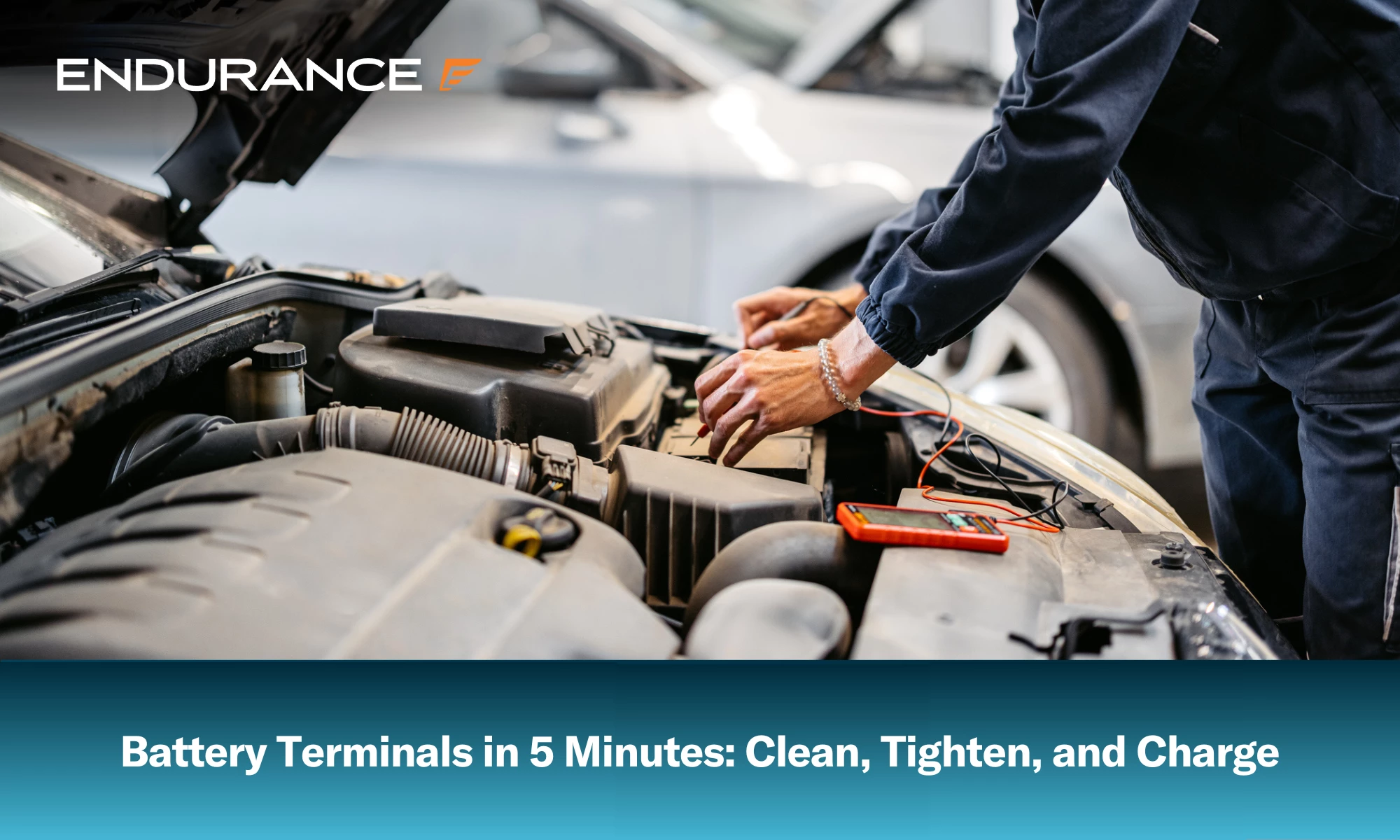
Of all the different systems that make up your vehicle, the electrical system is one of the most important. While there are all kinds of components that make up the electrical system, your battery is the heart of it and it needs to be in good shape at all times. Over time, your battery can develop corrosion on the terminals due to the chemical reactions taking place, which can eventually cause damage and loose connections.
Fortunately, you can clean, tighten, and protect your car’s battery terminals in under five minutes—by disconnecting the cables, scrubbing away the corrosion, rinsing and drying the terminals, tightening the connections, and applying a protectant. Regular battery terminal maintenance keeps your electrical system running efficiently, prevents premature wear on other auto parts like the alternator, and helps avoid unexpected breakdowns.
Learn more about how to take care of your car’s battery in this comprehensive guide.
Why Cleaning Battery Terminals Matters
Battery corrosion generally looks like a white, blue, or green powder that builds up on the terminals around the battery cable connectors. While it may seem like this corrosion is harmless, it can have a big impact on the electrical current moving through the cables and can even cause issues with your alternator.
If there isn’t enough voltage due to a bad connection, your alternator will have to work harder to recharge the battery and will wear out much faster. You can avoid having to replace your alternator prematurely by regularly cleaning your terminals and ensuring that the battery connection is solid.
Tools You Need to Clean Battery Terminals Safely
Before you get started cleaning your automotive battery terminals, you need to have the right tools. This is essential since you will need to use the right solution and quality safety equipment to protect yourself. Always exercise extreme caution around car battery corrosion since it can be harmful to your skin and your eyes.
To clean your battery terminals safely, you will need:
- Safety gloves and goggles
- Baking soda
- Water
- Old toothbrush or wire brush
- Wrench (to disconnect cables)
- Clean cloth or rag
- Petroleum jelly or terminal protectant spray
Step-by-Step Guide to Cleaning Battery Corrosion
1. Disconnect the Battery
Before getting started, be sure to disconnect the battery cables from the terminals. You may have to wiggle the cable connectors back and forth if the corrosion has worked its way between the terminal and the connector. Wear your safety gloves at all times to avoid any contact between the corrosion and your skin.
2. Inspect for Damage
Once you have the battery disconnected, it is a perfect time to inspect it for damage. Look for any visible deterioration in the battery itself, including cracks in the housing, leaks, or chips. You should also check the battery cables for fraying or other damage that might cause issues with voltage flow.
3. Make a Cleaning Solution
The battery-cleaning solution should be about a tablespoon of baking soda mixed in with a cup of water. This baking soda solution is very alkaline, which cuts through the acidic corrosion easily and ensures that it gets completely neutralized.
4. Scrub the Corrosion
After mixing the solution, use an old toothbrush or a wire battery terminal brush to scrub the corrosion off the terminals. Only use a small portion of the solution at a time, as you do not want it to get into the battery housing. During this process, it is imperative that you wear safety goggles as the scrubbing motion can dislodge pieces of the corrosion, which can get into your eyes.
5. Rinse and Dry
After the corrosion has been removed from the terminals, use plain water to rinse them. Get rid of any excess corrosion around the top of the battery and then dry everything thoroughly. Don’t leave water on the terminals for long as this can facilitate the growth of more corrosion in the future.
6. Reconnect the Battery
Once the terminals are completely clean, you can then reconnect the battery. Make sure to tighten the connectors enough to ensure a complete connection so you won’t have any issues with starting the vehicle.
7. Apply a Protectant
It can be helpful to apply a protectant of some kind to help keep your battery terminals free of corrosion. Petroleum jelly can be helpful but there are also commercially available battery protectants that will keep your terminals in good shape for a long time. Applying a protectant can prevent the need for a premature replacement and ensure that you won’t have to clean your terminals more often than you should.
How to Tighten Battery Cables and Ensure a Good Connection
To tighten your battery cables properly, you will need a wrench or a socket with an extending adapter. Most modern battery terminals use a 10mm nut to hold the clamps in place. Inspect your connectors by wiggling them around and checking for any movement. If they move at all, this means that the connection isn’t solid and they need to be tightened.
Start by tightening the red positive terminal and then the black negative terminal. This will lessen the risk of a short circuit while tightening the nuts. If you have tightened them and the connectors are no longer moving, your battery should be ready for you to get behind the wheel and hit the road.
Final Tips to Protect Battery Terminals from Future Buildup
In addition to adding a protectant like petroleum jelly or a protective coating spray, there are a few other things you can do to keep your battery terminals from corroding in the future. One of the best methods is to install anti-corrosion felt terminal pads. These pads fit right over the terminal posts. They are an inexpensive option and they will keep corrosion from getting under the connector clamps.
You should also be sure that your connectors are always tight and that they aren’t moving around on the terminal or battery posts. Movement allows corrosion by letting in battery acid vapors and moisture, so if the connectors are tight, you should not have any issues. It can also be helpful to check the battery regularly and wipe it down to keep it clean and dry, especially during the wetter months of the year.
When a Dirty Terminal Might Mean It’s Time for a New Battery
Most of the time, corrosion on your battery terminals doesn’t mean anything other than the fact that it needs a cleaning. However, if you notice that the corrosion keeps coming back and that it seems to be happening more and more, this could mean that the battery is overcharging and that its interior components are deteriorating. In this case, a new battery is your best option to prevent further problems down the line.
If you notice a lot of corrosion around the battery terminals and also see that the battery is swollen or cracked, it needs to be replaced right away. This swelling means that the internal chemical reactions have started to go wrong, and a leak could occur. This not only poses problems for your vehicle but also for the environment, and a replacement is necessary.
How an Auto Protection Plan Can Help with Battery-Related Repairs
One of the big issues with a failing battery is that it can have a domino effect on the rest of the vehicle. Other aspects of the electrical system, such as the alternator, starter, control modules, and charging system, can break down if you have a bad battery, and an extended warranty can help you get the repairs you need if that happens. While your vehicle most likely came with a factory warranty when it was new, an extended warranty from a third-party provider, which is more accurately called a vehicle service contract (VSC), can give you continued coverage when that warranty runs out.
With a protection plan from Endurance Warranty, you not only get excellent repair coverage, but you also get extra perks like 24/7 roadside assistance and towing. If you have a bad battery, the chances that you will end up stuck somewhere with no way to get home are fairly high. With Endurance’s roadside assistance coverage, you can get the help you need as well as get your vehicle repaired so you can get back in the driver’s seat.
Protect Your Car’s Electrical System With Endurance
Doing everything you can to keep your battery in great shape is a good way to protect the rest of your vehicle’s electrical system and avoid serious repairs in the long run. No matter how well you take care of your vehicle, repairs are bound to come up, and a plan from Endurance Warranty can help.
We offer a wide range of plans for everything from older high-mileage vehicles to top-notch luxury cars. Plus, Endurance covers vehicles that other providers won’t, such as Canadian Gray Market cars, vehicles with a rebuilt or salvage title, and cars used for rideshare or delivery.
If you are ready for excellent car protection, contact our plan advisors at (800) 253-8203 for a FREE quote. You can also shop online to see your price and recommended plans right away.
For helpful resources like this one, be sure to check out the Endurance Warranty blog. There, you will find DIY tips and tricks, provider comparisons, FAQs, and much more.
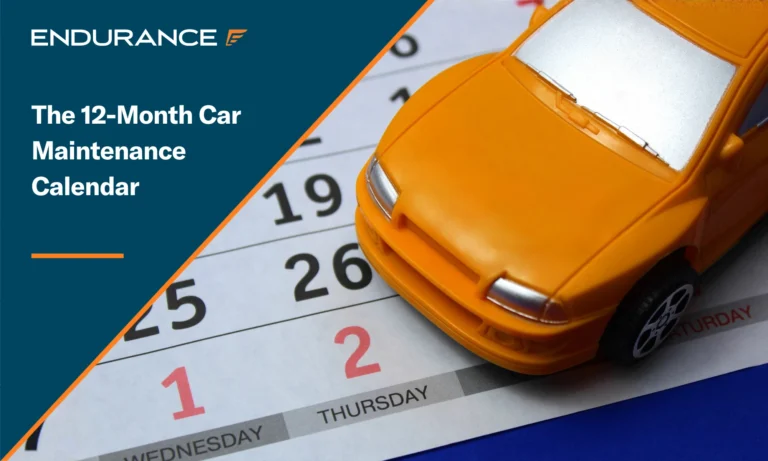
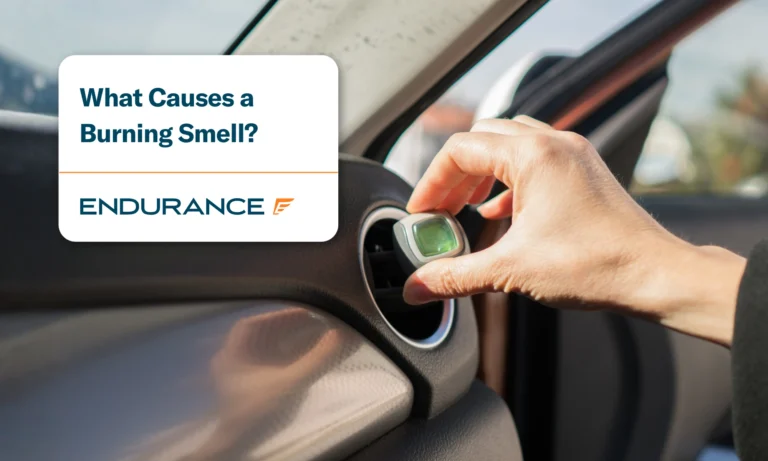
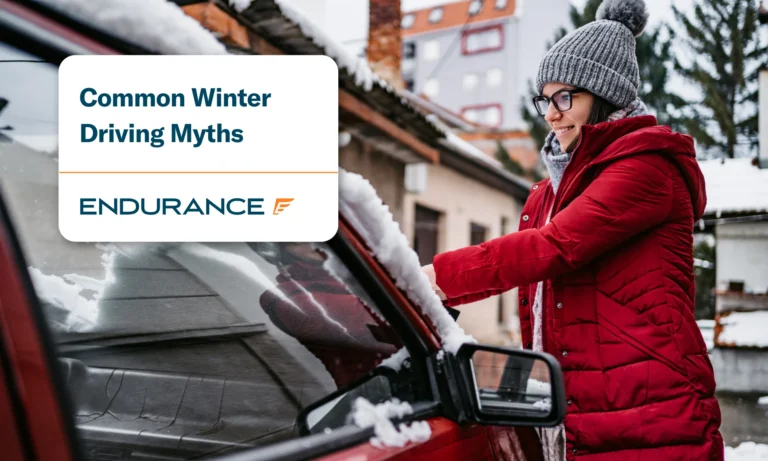



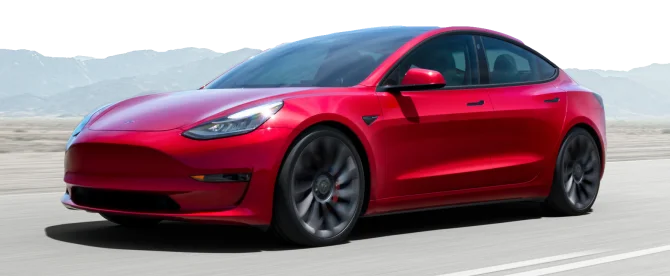



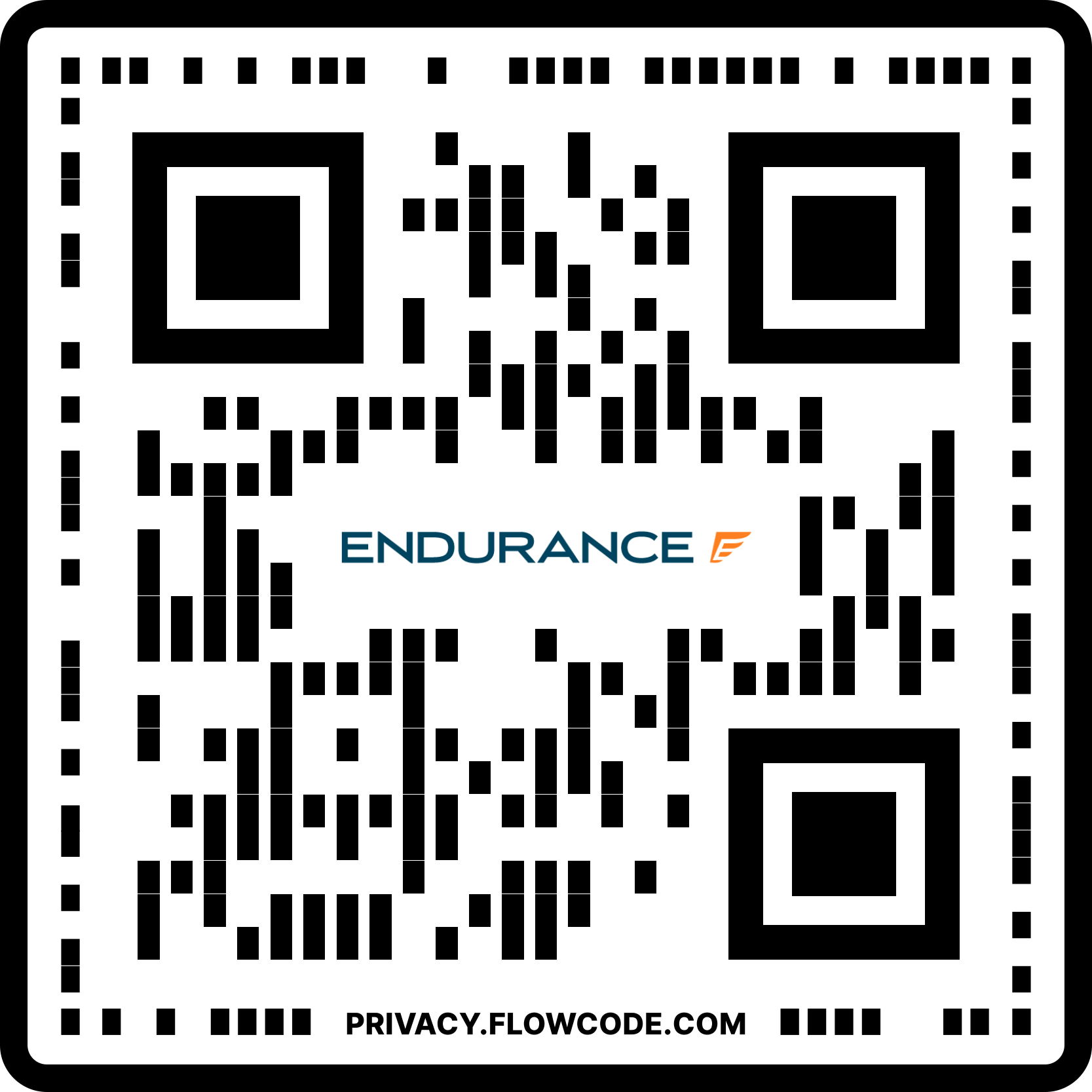


Since the age of 16, Keith has been immersed in the automotive industry, beginning his career by helping his dad fix vehicles at a young age. Keith now owns his own family-run, ASE Certified repair shop, A+ Autocare. At his shop, he focuses on building trusting relationships with his community through exceptional customer service. Read more about Keith.